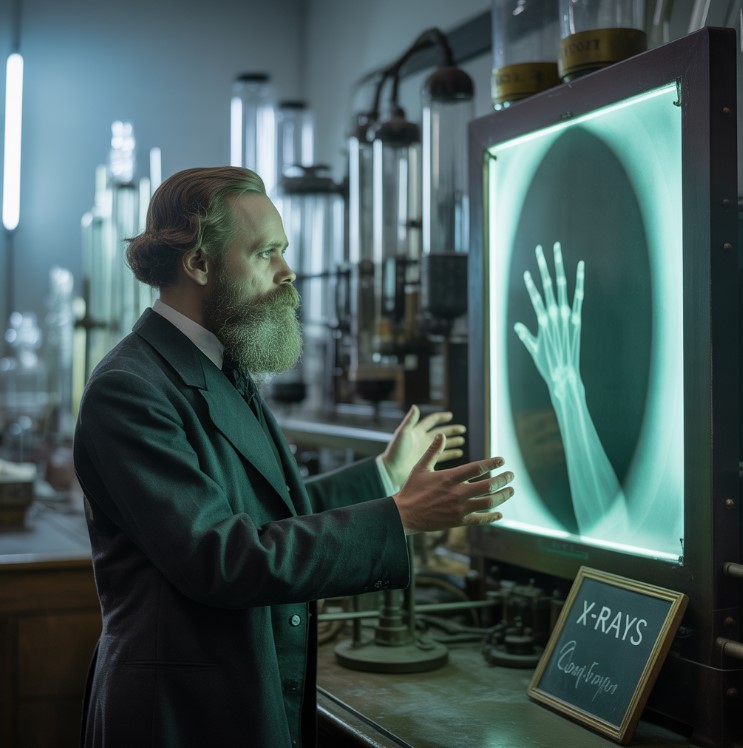Contents
Physics is a dynamic and constantly evolving field, with branches that cover everything from the fundamentals of matter to the mysteries of the cosmos, among many other topics. Each of these branches offers students different pathways to the job market.
Branches of Physics: Complete List
Physics is one of the fundamental sciences responsible for explaining and understanding the laws of the universe. This broad field is divided into various branches dedicated to its study. Below, we outline the main specializations.
Quantum Mechanics
This is one of the oldest branches of physics. It studies the motion of bodies and the forces acting upon them. Based on Newton’s laws, it explains everyday phenomena such as the movement of vehicles, the flight of airplanes, and the behavior of projectiles.
Some of its main applications include:
- Mechanical engineering.
- Machinery design.
- Trajectory prediction in sports and ballistics.
Thermodynamics
This branch studies the relationships between heat, energy, and work. It analyzes how energy is transferred and transformed in physical systems, which is essential for understanding engines, refrigerators, and chemical processes.
Job applications include:
- Design of thermal engines and power plants.
- Refrigeration and air conditioning.
- Studies on energy efficiency.
Electromagnetism
Electromagnetism deals with the interactions between electric and magnetic fields. This branch revolutionized the world through discoveries that led to technologies like electricity, telecommunications, and electronic devices.
Applications include:
- Design of electrical circuits.
- Communication technologies (radio, television, internet).
- Generation and distribution of electricity.
Optics
Optics studies the behavior and properties of light, as well as its interactions with materials. From mirrors to lasers, this branch has applications ranging from astronomy to medicine.
Applications include:
- Design of lenses and camera systems.
- Laser surgery and medical treatments.
- Telescopes and microscopes.
Quantum Physics
Quantum physics investigates the behavior of particles at the subatomic level, where the laws of classical mechanics no longer apply. This field revolutionized the understanding of matter and energy.
Applications include:
- Development of semiconductors and computer technology.
- Quantum cryptography.
- Study of advanced materials.
Relativity
Relativity, developed by Albert Einstein, is divided into two main theories: special relativity and general relativity. These theories explain phenomena at high speeds and in the presence of intense gravitational fields.
Job applications include:
- GPS technology.
- Cosmology and the study of the universe.
- Prediction of celestial body trajectories.
Nuclear Physics
Nuclear physics studies the properties and behavior of the atomic nucleus. This branch is fundamental for nuclear energy generation and the development of medical technologies like radiotherapy.
Job applications include:
- Nuclear energy.
- Medical diagnosis and treatment with radiation.
- Studies on the structure of matter.
Particle Physics
This branch analyzes the fundamental particles that make up matter and the forces acting between them. It is the field where the secrets of the universe are explored through particle accelerators like the Large Hadron Collider (LHC).
Applications include:
- Fundamental physics research.
- Development of new theories about matter and the universe.
- Derived technologies, such as PET scans in medicine.
Astrophysics
Astrophysics studies celestial bodies and phenomena occurring in the universe, from stars and planets to black holes and galaxies, among many others.
Applications include:
- Space exploration and telescope development.
- Understanding the origin and evolution of the universe.
- Study of potentially habitable planets.
Solid-State Physics
This branch focuses on the study of solid materials and their physical properties, such as electrical and thermal conductivity. It is essential for the development of electronic devices and new technologies.
Applications include:
- Development of semiconductors and transistors.
- Design of materials for electronic devices.
- Energy storage technology.
Biological Physics
Biological physics applies physical principles to understand biological processes, such as blood flow, cell mechanics, and the interaction of radiation with living tissues.
Applications include:
- Development of medical diagnostic equipment.
- Modeling of biological processes.
- Research in biotechnology.
Geophysics
Geophysics is a specialization of physics centered on the study of Earth, using all known physical principles. It analyzes phenomena such as earthquakes, Earth’s magnetism, and ocean dynamics.
Applications include:
- Prediction of natural disasters and catastrophes.
- Exploration of natural resources like oil and minerals.
- Study of climate change.







